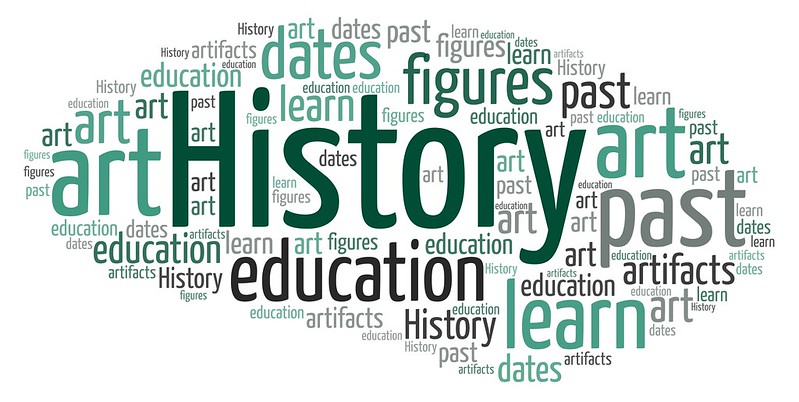This year, we decided to make several changes to the Societies and Territories site to promote equity and inclusion. Quebec’s elementary social science programs require students to explore several societies from the 1500s to the 1980s. In the past, many social science courses and materials presented a colonialist European historical narrative that failed to include events and perspectives that non-eurocentric societies consider significant. Many of these courses were designed to shine a positive light on the government and/or dominant society. In doing so, they failed to provide an inclusive account of historical events. Moreover, they often described specific societies in the past tense, failing to acknowledge that once marginalized societies are still present and thriving. These stagnant portrayals furthered efforts to commit genocide against Indigenous Peoples by indirectly suggesting that these societies had eventually amalgamated into the dominant society.
For many years Indigenous cultures, together with the people and events that shaped them, were essentially erased from our history books and core curriculum. As they were gradually reintroduced, the way Indigenous peoples were presented was enveloped in major historical and social biases. A number of Commission witnesses condemned the fact that, while our current core curriculum has been improved significantly, it continues to ignore entire chapters of history, presenting an incomplete version of reality to elementary and secondary students throughout Québec, including to Indigenous children themselves. In this context, it is hard to break the cycle of ignorance and indifference. After all, today’s citizens were yesterday’s school children.
– Viens Commission, 2019, p.31
There is no universal historical narrative
We must continue to adjust our pedagogy to ensure that students are exposed to voices that have long been silenced in social science programs. They must also learn why these voices were at one time silenced. Including diverse voices in social sciences helps students distinguish the difference between fact and belief. They develop a comprehensive understanding of the past and present in order to better understand the dynamics between members of different societies. A variety of historical narratives also gives them more insight into social movements like Black Lives Matter and Every Child Matters. Finally, including diverse voices helps empower more students because they’re able to see themselves and their histories represented in our academic programs. For years, education has been a powerful tool to strengthen the colonial narrative. It is through making changes to our provincial education system that we can foster a more inclusive and equitable future in Quebec.
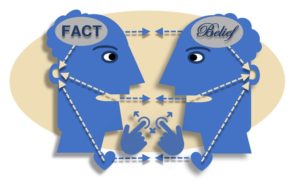
Educators can promote reconciliation by including diverse narratives in the classrooms. Canada’s Truth and Reconciliation Commission (TRC) articulated Calls to Action for Education that can be supported by including Indigenous peoples’ “historical and contemporary contributions to Canada” (para. 1) in all subjects, including social sciences. In 2019, the Viens Commission also released a Summary Report on relations between Indigenous Peoples and certain public services which articulated specific Calls to Action for Quebec. By including Indigenous voices in your social studies classroom you are helping to support the goals of the Viens Commission:
– “Call for Action No. 21: Further enrich the Québec curriculum by introducing a fair and representative portrait of Québec First Nations and Inuit history, working with Indigenous authorities” and,
– “Call for Action No. 22: Introduce concepts related to Indigenous history and culture as early as possible in the school curriculum).
A Step Towards Reconciliation
Nurturing understanding and appreciation for other cultures in elementary classrooms is an important step towards reconciliation.
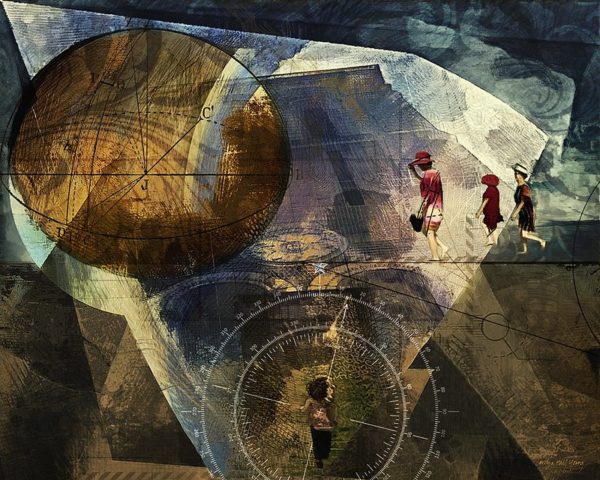
We recognize that eurocentric narratives are non-inclusive and want to ensure that educators have access to social science resources that include diverse narratives. This is why we are collaborating with people from different societies and territories to revise, update and extend the Societies and Territories site. By presenting both the past and the current realities of different societies, students are encouraged to interpret change over time (Competency 2) and develop an awareness and appreciation of diversity (Competency 3).
Last spring, we began revising the Inuit around the 1980s section of the Societies and Territories website as part of our continued efforts to collaborate and learn with others. While the site is well known for its historical content, the site’s origins and history are not so obvious. The Societies and Territories site began as an adaptation of a project that was created by the RÉCITUS, the provincial RÉCIT team for Social Sciences. It is not a direct translation of Sociétés et territoires because it was adjusted to meet the needs of English language schools in Quebec. Just like the societies portrayed, this site must evolve and change over time; It is now a collaborative project focused on including diverse voices.
As part of the update, we reached out to Indigenous students, educators, knowledge keepers, and organizations to tell them about the site and seek their counsel. With their help, we removed damaging and inaccurate portrayals of Inuit and Nunavik.
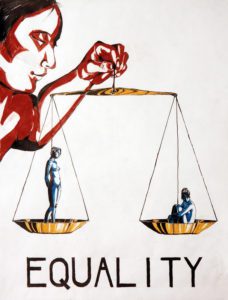
Their Leaders, Their Stories
In addition to adjusting the text, we also included new content. When we began this process, the Quebec society 1980s section had double the content than other sections of the site during the same period. The biggest difference was in the number of prominent individuals that were identified for each society, with French society in Quebec more represented than all other societies. Moreover, some of these key figures highlighted in the Indigenous sections were arguably considered successful because they excelled by ‘European standards’.
It is extremely important to us that the people identified on the site are acknowledged for reasons that are in line with each society’s values and beliefs. Each society values accomplishments differently. Writing a novel may be highly valued by one society, while another might place a higher value on survival skills or on one’s ability to pass on important values through engaging oral stories. We did not want to select individuals for the societies included on the website. Instead, we wanted members of these societies to select the individuals themselves. This approach further students’ understanding of each society’s beliefs and values.
In order to accomplish this, we asked Inuit to identify past and present individuals who had significant impacts on their communities. Although this process was more time-consuming, it ensured that the Inuit acknowledged on the site were identified by Inuit themselves. After Inuit identified prominent individuals, we contacted them or one of their relatives to tell them that they were chosen by people in Nunavik to represent Inuit society on the website. We asked them if they were comfortable having a page about their accomplishments on the site. The individuals or their relatives were welcomed to write their own text and include their own photos. While the amount of information about marginalized societies contained on our website has greatly increased, we will continue to improve our sources and methods.
In order to support educators with the new content, we created a new Cartograf map, Explore Nunavik: The Inuit around 1980 and 2020, which contains activities that prompt students and educators to explore the territory. The map contains videos, photos, and information about each of Nunavik’s 14 communities. The map can be duplicated and adjusted to meet the needs of your individual students.
We also created a card game called Connect the Facts for the 1980s. This review game contains information cards for the Inuit, Mi’kmaq, and Quebec societies. In addition, there are 120 new definition cards that educators can use to introduce key concepts and terms to their students. These cards can also be used alongside the card game for students who may need ongoing support with the vocabulary.
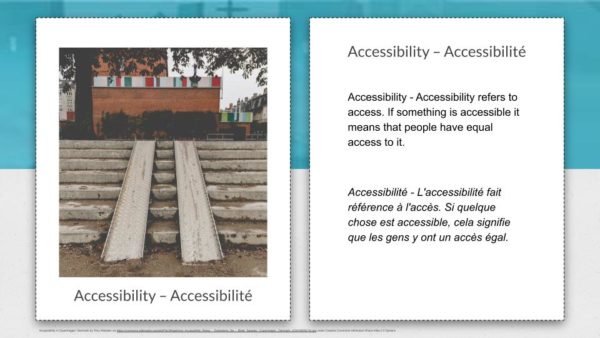
This work is just the beginning. Our goal this year is to update the Mi’kmaq around the 1980s section of the site. We’re continuing to partner with individuals to identify people, places, and events. Our hope is that these updates will make it easier for educators to present multiple perspectives in their social studies classrooms and work towards reconciliation in their classrooms.
We must move away from learning and teaching about others and more towards learning and teaching with partners. It is important to not only teach the material outlined in curriculum documents, but also to reflect and address the conscious and unconscious narratives our teaching approaches, resources, and curriculum documents are furthering. We encourage you to collaborate with members of your community or Quebec organizations to promote equity and inclusion in the social sciences and beyond.

I dream of a Québec in which our citizens start learning about Indigenous peoples’ history, contributions, knowledge and cultural diversity as children. A Québec where, once these same students reach adulthood and are ready to make a difference, they have developed an openness to others that makes cohabitation and cooperation possible between nations, with mutual respect for each other’s values and cultures. It is an ambitious goal, I admit, and it will no doubt be many years before we see any real change. But the complexity of the challenge should not stop us from trying.
– Viens Commission, 2019, p. 32
References
Accessibility in Copenhagen, Denmark. Tony Webster. https://commons.wikimedia.org/wiki/File:Wheelchair_Accessibility_Ramp_-_Sortedams_Sø_-_Øster_Søgade,_Copenhagen,_Denmark_(23410826214).jpg. Licensed under CC BY-SA 2.0
Compass: Collaboration 03/27/2015. Flickr.com. Carolyn Hall Young is licensed under CC BY-NC-ND 2
Equality. saxarocks. Licensed under CC BY-NC-SA 2.0.
FACT AND BELIEF, heart, speech, mind, gesture, figures, illustration, logic, emotion, blue people arguing and hearing their own point of view. Wonderlane. Flickr.com. Licensed under CC BY 2.0
Viens Commission. (2019). Public Inquiry Commission on relations between Indigenous Peoples and certain public services in Québec: listening, reconciliation and progress. https://www.cerp.gouv.qc.ca/fileadmin/Fichiers_clients/Rapport/Summary_report.pdf
Word Cloud. epictop10.com. Flickr.

